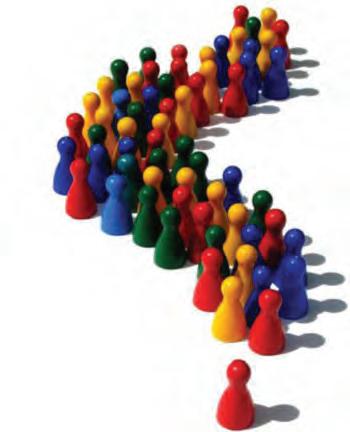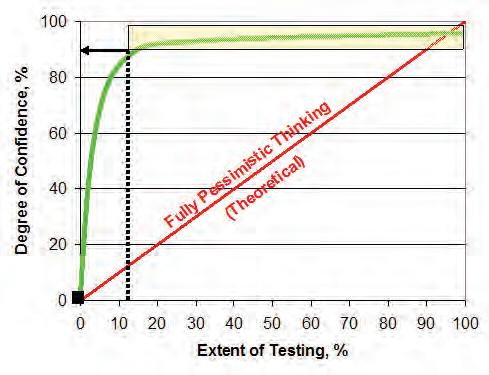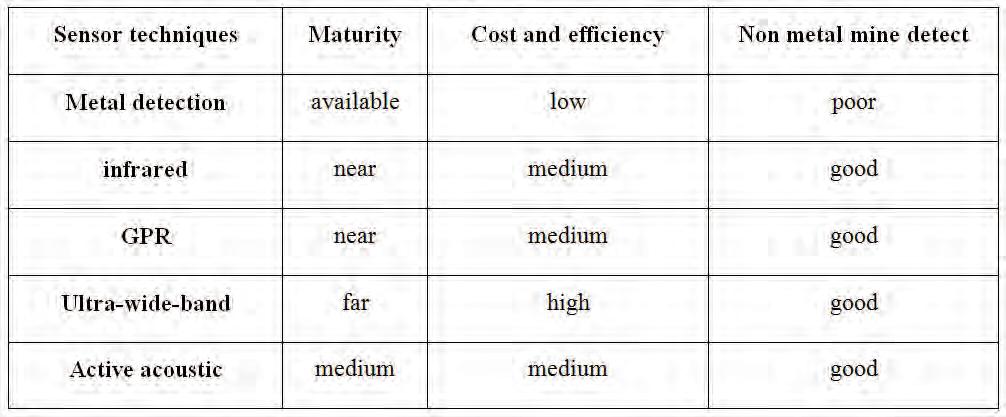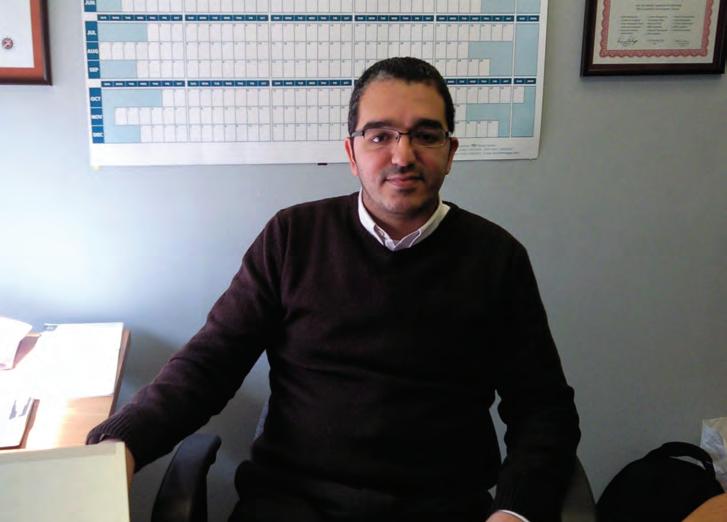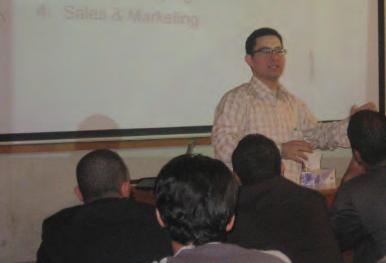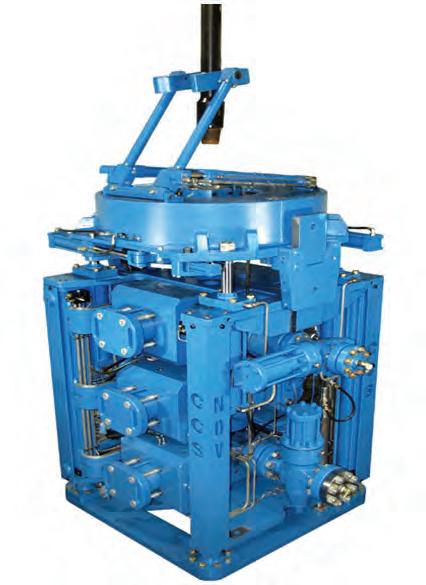
3 minute read
HUMAN FACTOR EXTRACTS
For the success of any business, there are four main factors that must coexist in harmony and those are; machine, man, management and money. Out of these factors, the human element (Man) is the most crucial, fl exible and criti cal one. Therefore, the content of this arti cle will drift greatly towards that important factor highlighti ng its role in the industry and the relati ons that ti es it to the other three factors in this so called SHELL model:
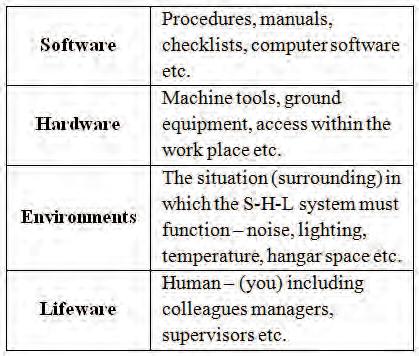
Advertisement
In the shown diagram the life-ware (Human factor) in the model represents the core or the essence of the whole industrial process, the one that deals with
Moustafa Hashem Former QA Manager Petroleum Air Services, PAS
managing and controlling other components including other life-wares (labors and co-workers).
To get the maximum out put and best performance of this model, certain conditi ons and relati ons should exist between the lifeware- in the center of the modeland other components. The bilateral relati ons can be simply explained as follows:
L-S This encompasses human and the non physical aspects of the system such as document design, i.e. maintenance and operati on manuals, procedures, training; manuals, rules and regulati ons.
L–H “Machine to human” (ergonomics). It addresses many characteristi cs such as; the design of tools to fi t the human user as well as his own required eff orts to operate the desired tool, not only that, but also assures that machineries are equipped with eff ecti ve display monitors and gauges that match the sensory user’s informati on processing. Two more important factors should be considered here. First, the design should not interfere with the work space or limit the accessibility; last but not least, the design should insure the highest level of reliability that the equipment will always perform as perfectly as possible.
L–E “Conditi ons in which the life-ware must functi on”. On that list you should fi nd the minimum possible conditi ons that must be provided for the life-ware to functi on properly and safely in terms of temperature, noise and disturbed circadian – rhythms – due to shift work.
L–L “Interface between people”. This category covers the facets of interacti on between life-ware and other life-wares; namely regarding, individual profi ciency, the profi ciency of the team as a whole and its eff ecti veness, group infl uences, behaviors and its aff ect on performance, staff -management relati ons in terms of; leadership, cooperati on, team work and personality. Finally, the last aspect of such a category is the domesti c pressure or the corporate culture itself, even the corporate climate and company operati ng procedures; all can signifi cantly aff ect human performance.
Considering the facts given in the previous SHELL model and viewing people as the central value gives us a scoop on what moti vates people to show the highest degree of acti ve compliance. Moti vati on refl ects the diff erences between what a person can do and actually will do. Moti - vati on is what drives a person to behave in a parti cular manner. People are diff erent and driven by diff erent moti vati onal forces.
Moti vati on is a central task for management to identi fy what people need and then meeti ng them in such a way that employees will reciprocate by doing whatever required from them.
In fi nal words, Humanist psychologist Maslow in 1943 argued that humans seek to sati sfy ever higher levels of needs other than basic survival needs (food, water, … etc); rising through safety needs, belonging , self esteem cogniti on, aestheti cs and culminati ng in self actualizati on.

